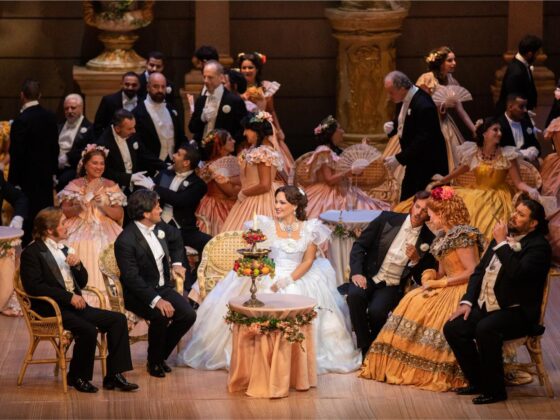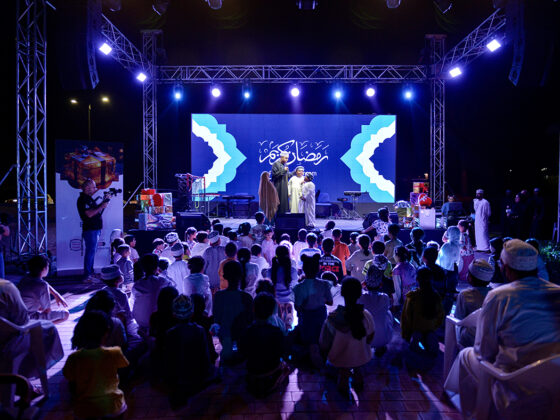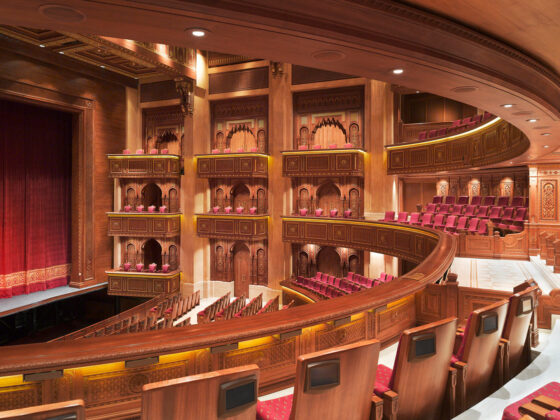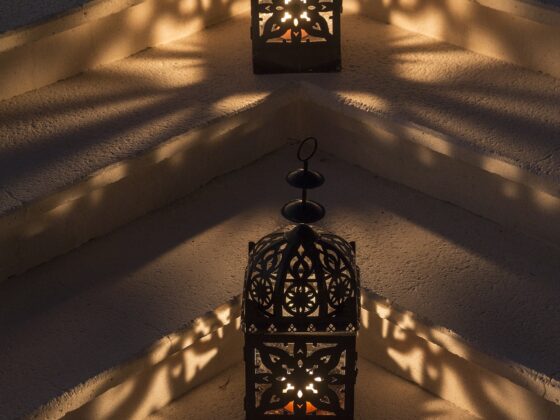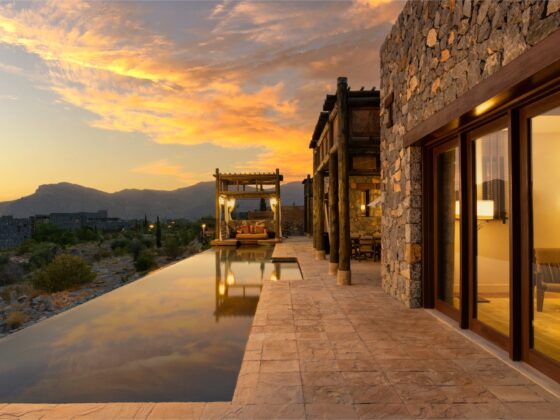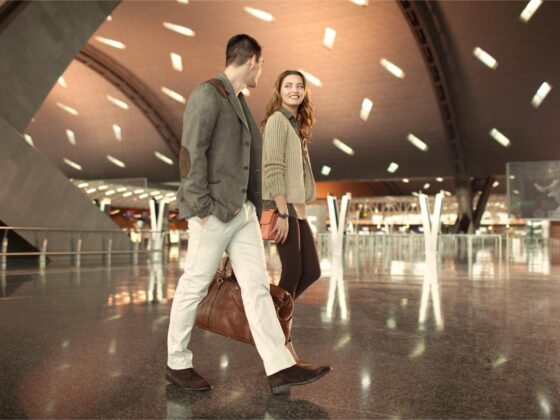by ADELA EILEEN
They say a healthy mind is a healthy body. I couldn’t agree more. We had the pleasure of visiting Where Oman Walks exhibition at Bait Al Baranda Museum in Muttrah, which is an urban planning project led by Dr. Gustavo de Siqueira, Dean of Urban Planning and Architecture Design at the GUtech (German University of Technology). We had a quick chat with the Dean and his students about the project, to help us understand the importance of urban planning.

Can you tell us a bit about the concept and inspiration of this exhibition?
Arriving in Oman three years ago, to an unseen beauty, but a developed nation from the ’70s by the tremendous efforts of the late His Majesty Sultan Qaboos, I started doing my research, and my discussions were how can we introduce an urban theory. How can we introduce more sustainable alternatives for the wellbeing of future generations to come. and thus, came the urban planning project.
This is quite an impressive educational research and exhibition. How important is it in the context of urban planning and design in Oman?
For a healthy and safer society, urban planning plays the most important role as it connects to the neighbourhood and creates a happy environment, making people more connected. It gives an opportunity to know your neighbours well, protect your surroundings and keep you well-knit together.
Tell us a bit about some of the student works.
After our engrossed discussions, the students were deeply engaged to open a platform where we could discuss more with the community. We did our fieldwork, for example, few new areas are built on heights, and there are few lands which are waste, how could we possibly put it into use. With its accordance, we came up with a structure.

What makes this year’s exhibition or project different?
This year we dug a bit deeper, we did our surveys, we decided to visit the areas. we spoke to the community. And, the concept had to look attractive, so we had to derive our inspiration from the mountains and work tremendous hours to bring this whole structure together. And our only aim was to create a design which will have an interesting look, to create curiosity for people and to educate them more about this project.
What is the key message that students and GUtech faculty want to convey to audiences?
If people don’t engage with each other, there would be no way to improve the urban theory, as studies suggest that to build a healthier nation, we need to have a healthy mind. The urban planning exactly caters to building the future of our kids.
What are some of the design challenges the students faced this year?
We needed to work around with what we had, and had to come up with creative solutions in order to meet the needs of the community. Issues like parking, walkways, parks etc. were actually quite challenging but worth every effort. We hope that people will come and visit the exhibition here at Bait Al Baranda and support our urban theory for a better nation, a better life.


